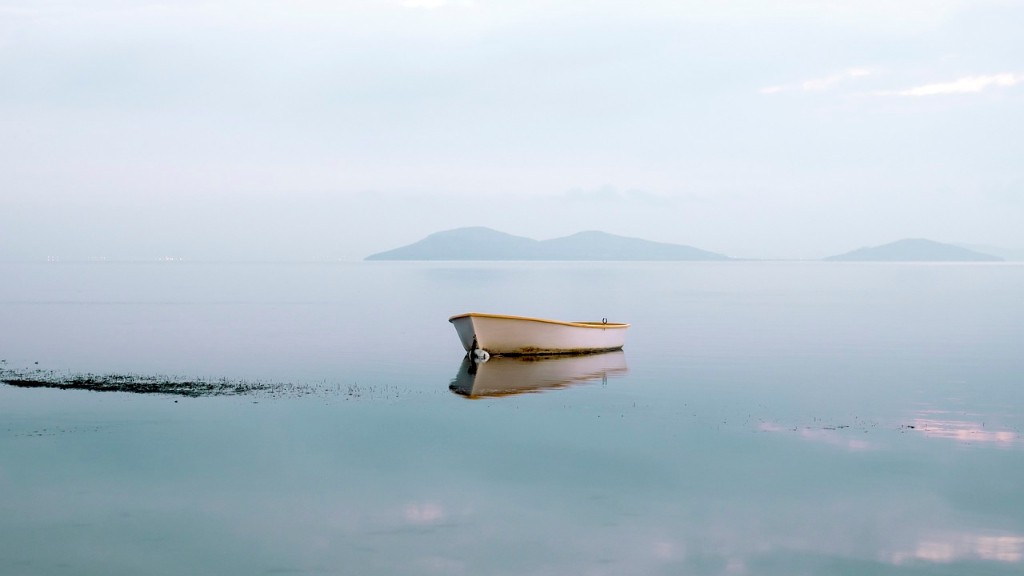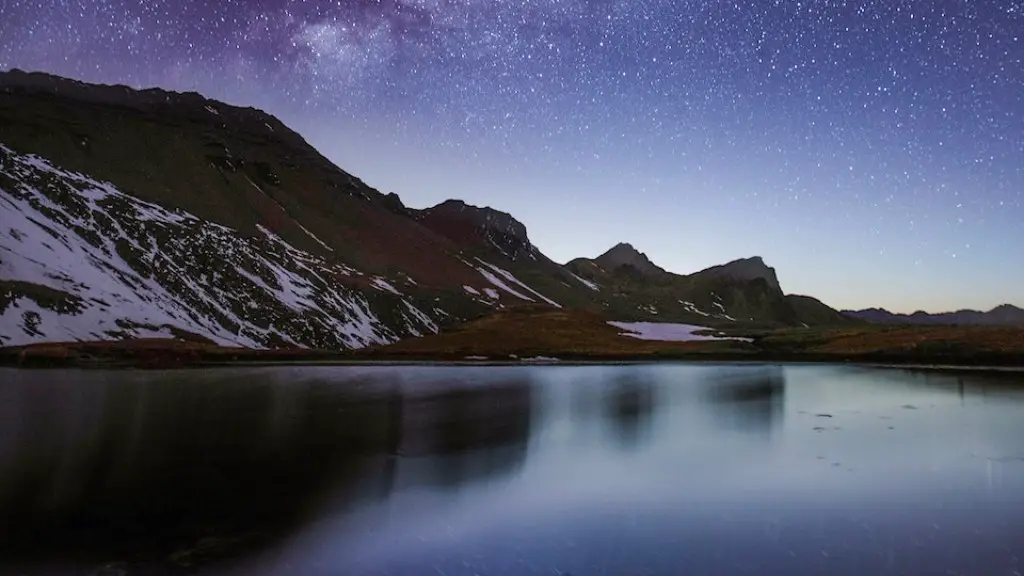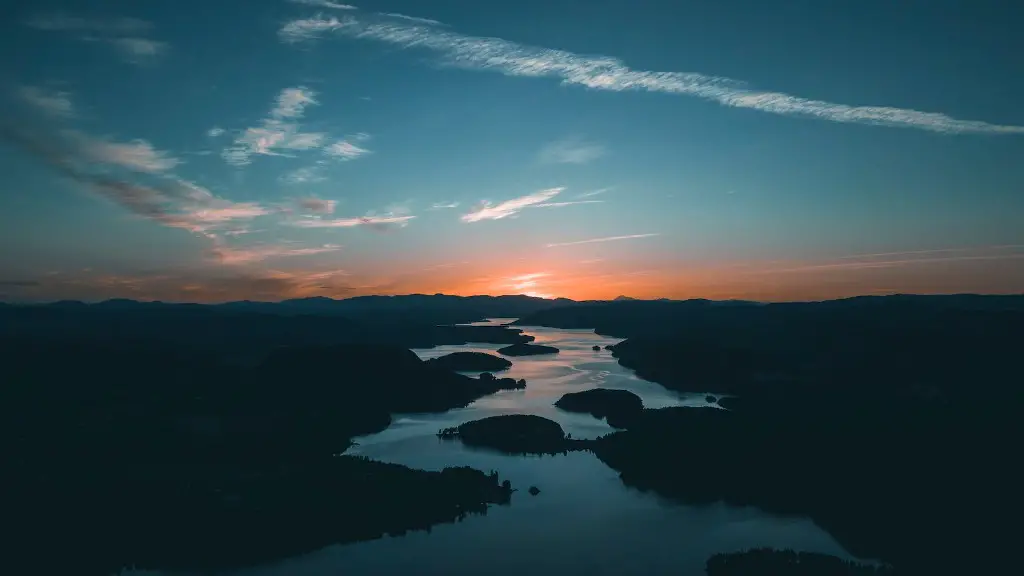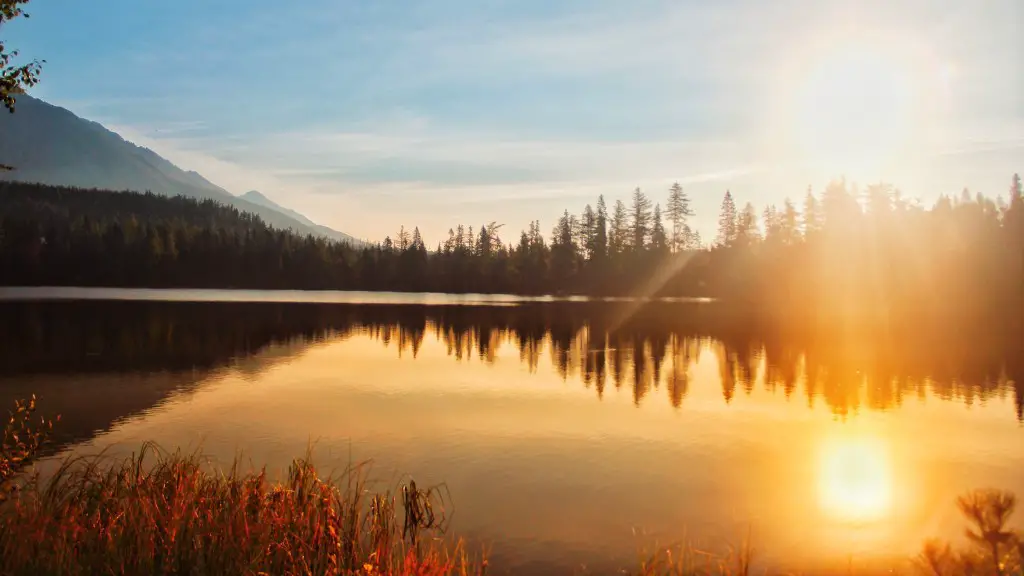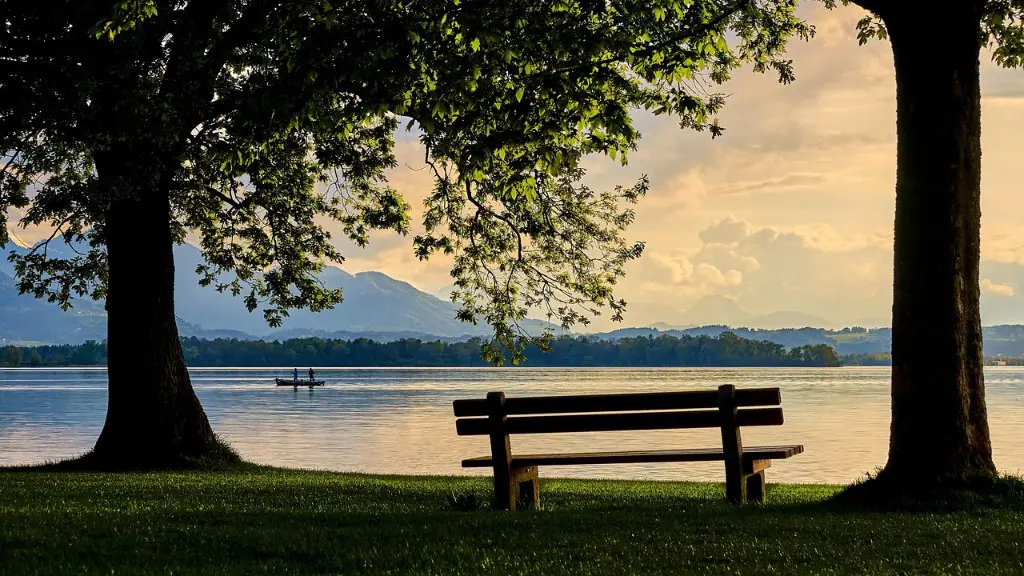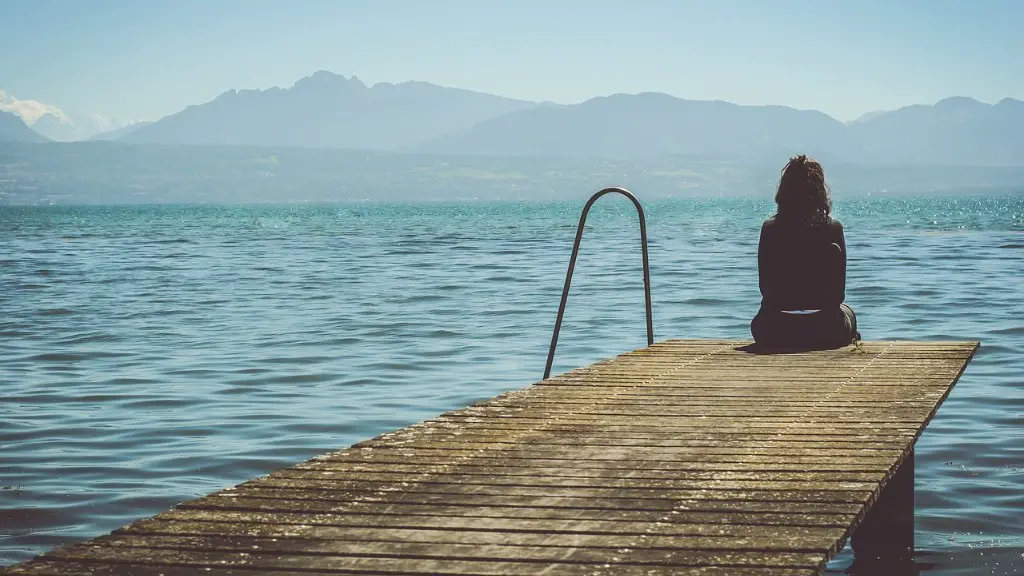Discovered in 1853, Crater Lake is located in the caldera of Mt. Mazama in Oregon, USA. It is the deepest lake in the country and one of the most stunningly beautiful places on earth. It is also one of the few remaining intact calderas in the world. But is Crater Lake a volcano?
Yes, Crater Lake is a volcano. It is the caldera of Mount Mazama, a strong shield volcano.
Is Crater Lake an active volcano?
Although considered a dormant volcano, Crater Lake is part of the United States Geological Survey Cascades Volcano Observatory seismic monitoring network. According to the US Geological Survey, Crater Lake is the deepest lake in the United States, with an average depth of 350 meters (1,148 feet). Crater Lake is also one of the world’s most pristine lakes, with a water clarity of almost 23 meters (75 feet).
The long history of volcanism at Mount Mazama, the volcano that houses Crater Lake, suggests that this volcanic center will be active in the future. Future eruptions will likely occur within the caldera and probably beneath the water’s surface. These eruptions could potentially disrupt the fragile ecosystem of Crater Lake and the surrounding area.
What type of volcano is Crater Lake
Stratovolcanoes, also called composite volcanoes, are a type of volcano that tend to have a steep-sided conical form and highly explosive eruptions. The earlier eruptions of stratovolcanoes built Mount Scott, which lies east of Crater Lake. As time continued, volcanoes began growing to the west, building up layers of lava flows and pyroclastic deposits.
Crater Lake is one of the snowiest places in America, with an average of 43 feet of snow per year. This means that there are only a few months when people can swim at Crater Lake, usually from June through September.
What would happen if Crater Lake erupted?
The largest explosions could produce pyroclastic surges, hot, rapidly moving clouds of gas and ash, which could move out a few miles from vents along the margin of the lake. Eruptions in deeper water are less likely to be explosive or affect areas around the rim.
Consuming water from Crater Lake would conflict with the park’s mission to preserve the lake. The park’s claim to the lake is for the preservation and protection of all natural habitats and the conservation of scenery. It is not for human consumption.
What lives at the bottom of Crater Lake?
It’s amazing that colonies of moss and bacteria can thrives at the bottom of Crater Lake, where there are almost no nutrients. This discovery perplexes researchers, as it’s not clear how these organisms are surviving. It’s possible that they are getting some of the nutrients they need from the water itself, or that they are relying on other organisms for food. Whatever the case may be, it’s clear that these colonies have found a way to thrive in a harsh environment.
Crater Lake is a beautiful sight, and it’s amazing to think that it was created by a volcanic eruption! The last known eruption at Crater Lake occurred about 4,800 years ago, when a small lava dome erupted underwater on the east flank of the base of Wizard Island. Since that time, the volcano has remained quiet, allowing as much as 30 m (100 ft) of sediment to accumulate on the lake bottom. It’s fascinating to think about how the landscape has changed over time, and how future generations will experience Crater Lake.
What are the dangers of Crater Lake
Hydrothermal explosions, ash/tephra fall, and pyroclastic surges are all hazard types that can occur during a volcanic eruption. Lahars, landslides, and rockfalls can also occur during or after an eruption and can pose a significant hazard to people and infrastructure.
Crater Lake is one of the deepest lakes in the United States, reaching a depth of 1,943 feet. It is located in Oregon and was first explored in 1886 by the US Geological Survey. The lake is known for its beautiful blue waters and is a popular destination for hikers and campers.
Does anything live in Crater Lake?
Crater Lake National Park is home to a wide variety of wildlife. Mammals, birds, and insects make up the largest portion of animals living throughout the park. Native and some invasive fish species occupy many of the streams. Amphibians live in the wet lands, streams, ponds, and along the shore of Crater Lake.
The common garter snake is a species of snake that can be found in a variety of different habitats across North America. One of the most distinctive features of this snake is the fact that it can come in a completely black coloration. This black coloration is believed to have evolved as a means of camouflage against the black volcanic rocks found within the caldera of Crater Lake. Common garter snakes typically grow to be around 3 feet in length.
Why is there no fish in Crater Lake
Crater Lake is a natural wonder in Oregon that is known for its pristine beauty. The lake is also home to a diverse range of fish, including several species of trout. While stocking the lake with fish was once a common practice, it is no longer done in order to preserve the lake’s natural condition.
In 1888, the lake was stocked with seven different species of fish. However, only two of those species, kokanee salmon and rainbow trout, thrive today. It is estimated that the lake currently supports approximately 60,000 kokanee salmon and rainbow trout.
What is the deepest lake in the USA?
Crater Lake is a beautiful blue color because the water comes only from rain or snow. There are no inlets from other water sources. The lake is 1,943 feet deep, making it the deepest lake in America.
Crater Lake is a very unique body of water in that it contains a tremendous volume of water but has relatively little surface area. It takes a very cold winter to freeze the top and Crater Lake has not frozen over since 1949. This is a testament to the depth and cold temperatures of the water.
Warp Up
Yes, Crater Lake is a volcano. It is the caldera of Mount Mazama, a stratovolcano that erupted about 7,700 years ago.
Yes, Crater Lake is a volcano. It is the caldera of Mount Mazama, which is a composite volcano. Crater Lake is the deepest lake in the United States and is known for its bright blue color.
